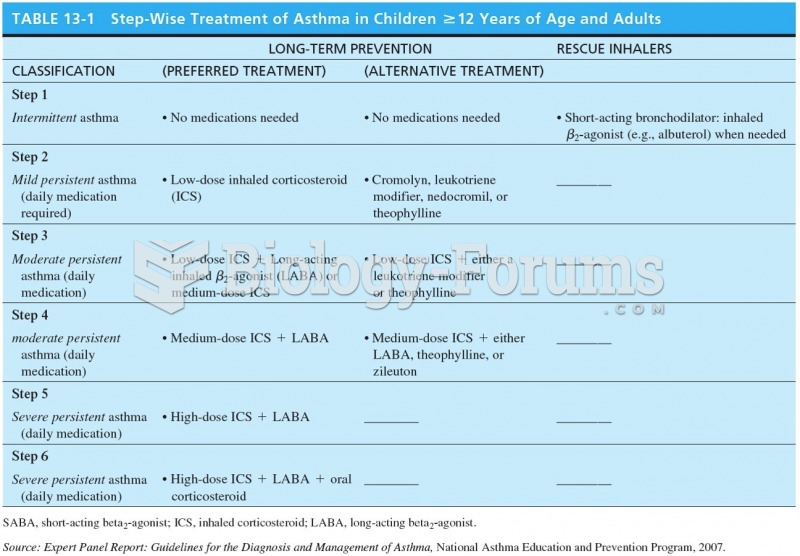|
|
|
The longest a person has survived after a heart transplant is 24 years.
Hyperthyroidism leads to an increased rate of metabolism and affects about 1% of women but only 0.1% of men. For most people, this increased metabolic rate causes the thyroid gland to become enlarged (known as a goiter).
The most destructive flu epidemic of all times in recorded history occurred in 1918, with approximately 20 million deaths worldwide.
In Eastern Europe and Russia, interferon is administered intranasally in varied doses for the common cold and influenza. It is claimed that this treatment can lower the risk of infection by as much as 60–70%.
Studies show that systolic blood pressure can be significantly lowered by taking statins. In fact, the higher the patient's baseline blood pressure, the greater the effect of statins on his or her blood pressure.
 Action! Children love to talk about the actions of adults and animals, which provides a natural way ...
Action! Children love to talk about the actions of adults and animals, which provides a natural way ...
 The hatred and vengeance of adults become the children’s heritage. The headband of this 4-year-old ...
The hatred and vengeance of adults become the children’s heritage. The headband of this 4-year-old ...





